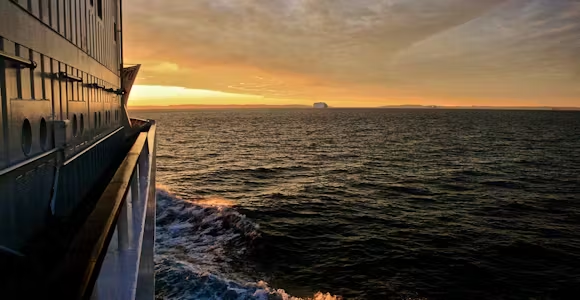
Northwest Passage Cruises
This labyrinthine waterway was long sought by early adventurers as a sea route linking the Northern Atlantic and Pacific Oceans. Canada's Arctic archipelago is therefore no …
Discover MoreSpecial Offers Available: Swoop has access to the widest range of offers and can help you find the right trip, cabin, & price.
Expert impartial advice at no extra cost: no-nonsense advice on 500 voyages across 25 ships
The Arctic Experts. No Compromises: there’s no question we can’t answer
The only B Corp certified Arctic specialist: so your adventures can be a force for good
A full concierge service, unlike booking direct: we leave nothing to chance in delivering your perfect trip
.jpeg?auto=format,enhance,compress&fit=crop&crop=entropy,faces,focalpoint&w=1880&h=740&q=30)
There’s very good reason why the Northwest Passage is only open to visitors from July to September: it's the only time average temperatures are above freezing, and the ice has receded enough to allow ships to navigate narrow channels. Even within this short window, there are important nuances to the wildlife and weather.
Special Offers:Swoop has access to the widest range of offers and can help you find the right trip, cabin, & price.
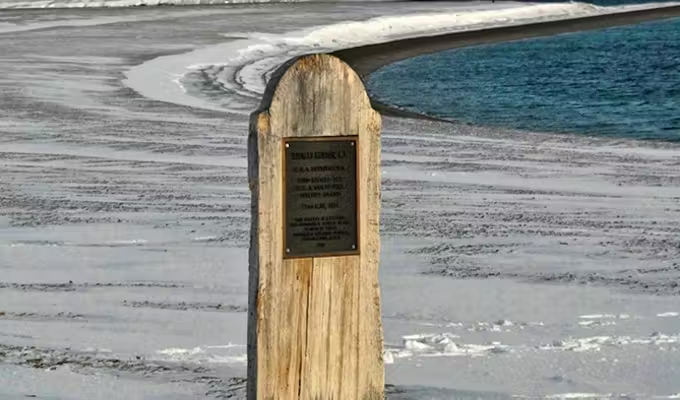
The big ice and small towns of West Greenland provide a stunning start to this trip before you sail across the Davis Straight to Baffin Island and enter the Northwest Passage. Blend history, scenery and wildlife; pay your respects at…
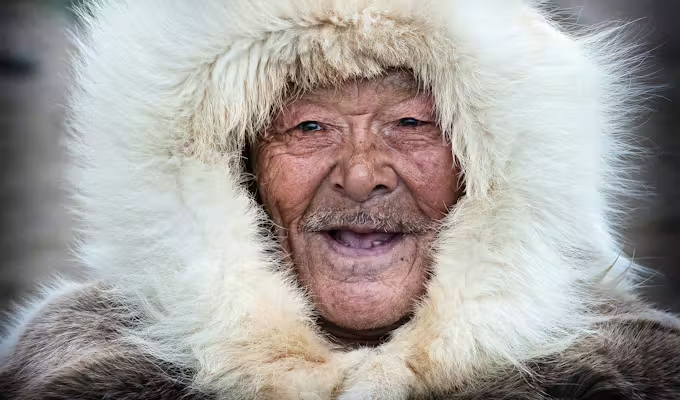
Traversing west to east this voyage takes you to iconic sites such as Cambridge Bay, Lancaster and Smith Sounds and Ellesmere Island, before exploring the fjords and towns of West Greenland. Bears, narwhal, musk ox, beluga and northern lights are…
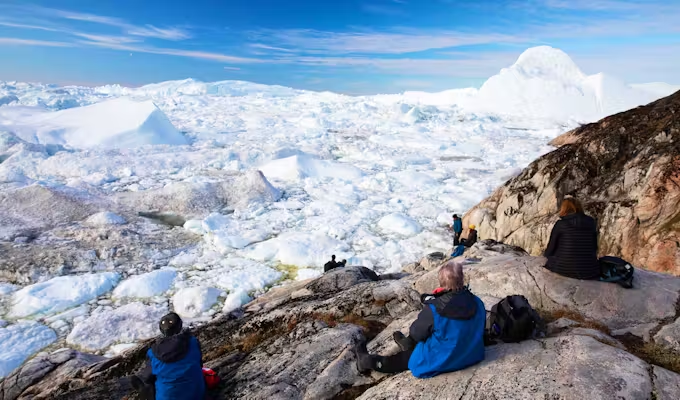
A full transit of the Northwest Passage is a truly epic undertaking, travelling in the footsteps of legendary explorers Amundsen, Franklin and Larsen. This voyage is distinguished by the small, nimble and comfortably appointed expedition ship you'll travel on, with…

Only in 1956 did a ship complete an east to west transit of the Northwest Passage. The smoking cliffs of Cape Bathurst mark your entrance to an icy realm of wild beauty, staggering wildlife, culture and history. Explore the Passage…
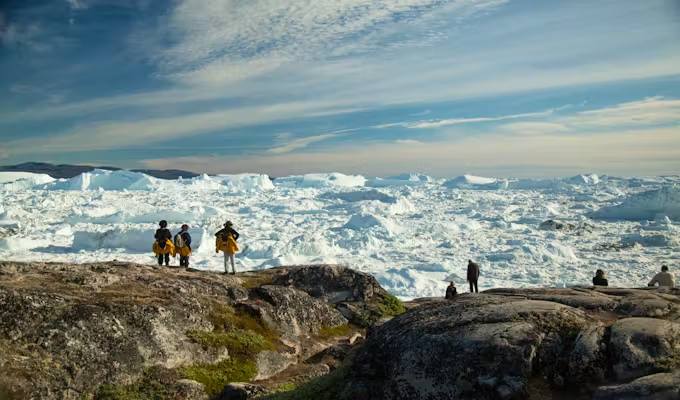
Spending time exploring Canada’s historic Northwest Passage and West Greenland, we like this voyage’s balance and variety as much as exploring little visited spots such as Thule, one of the northernmost towns in the world, and Smith Sound. Big ice,…
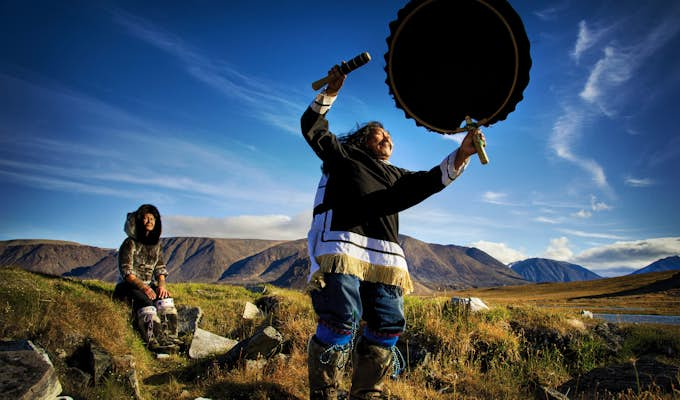
Visits to Canadian and Greenlandic communities Inuit history and culture are at the core of this journey, among those stops both Kinngait, the centre of Inuit Art and Nuuk, Greenland's capital are included. There's plenty of wildlife opportunities too with…
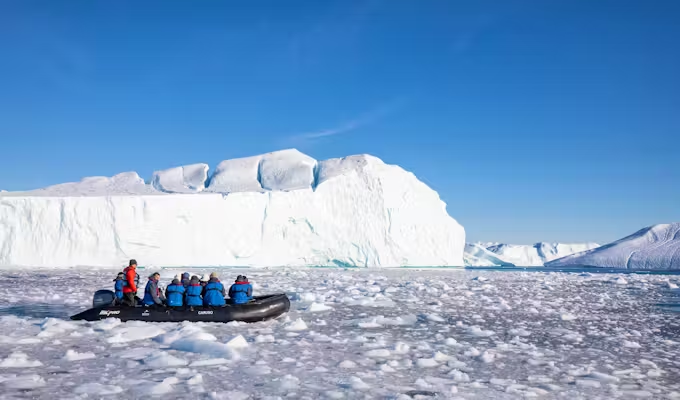
Beginning in Cambridge Bay, this westbound-arching route encapsulates the best that the Northwest Passage and West Greenland have to offer. Thread your way through the icy labyrinth of staggering landscapes, dramatic history, remote Inuit settlements and charismatic Arctic wildlife, with…

Ice in Disko Bay
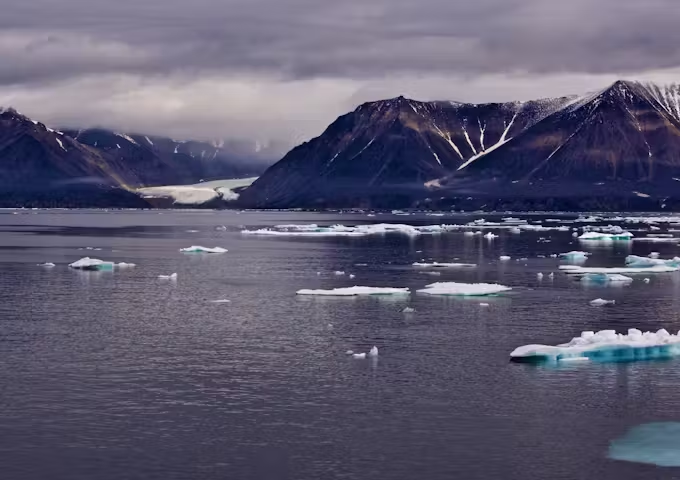
Bylot Island, a view from near Pond Inlet

A zodiac navigates icebergs in the Northwest Passage
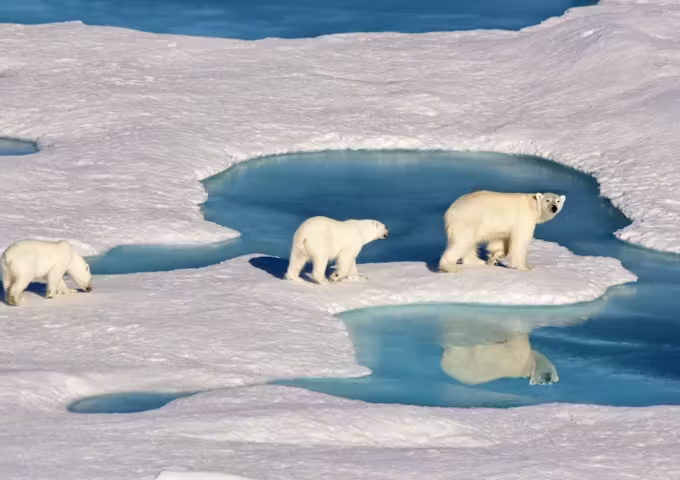
Bears on the sea ice, Lancaster Sound

Kayaks ready for the off in the Northwest Passage

Humpback whale in Disko Bay

Looking out onto the ice, Northwest Passage
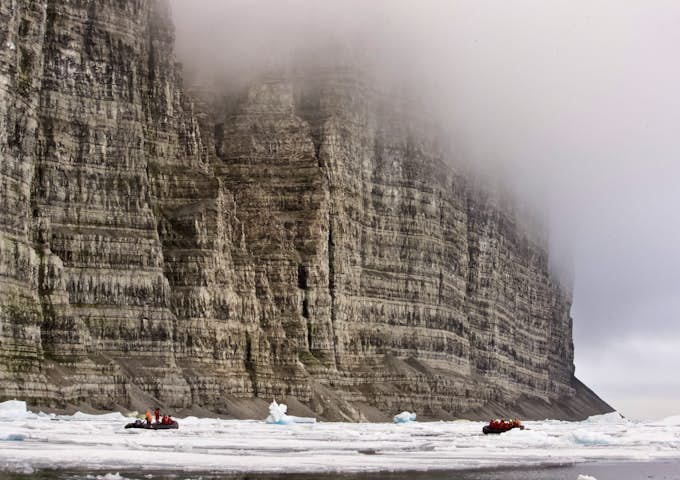
Leopold Island, home to thousands of thick-billed murres

A shelter with views of a glacier
July marks the height of summer. It’s the warmest month of the year and these peak temperatures start to unlock the bays and waterways from their icy prison. The tundra is a profusion of wild flowers, while throughout the region there’s a frenzy of wildlife activity as all species are making the most of the summer breeding season.
Hordes of migratory birds have returned to nest congregate on Prince Leopold and Bylot Islands, while both belugas and narwhals are starting to migrate deeper into the heart of the Northwest Passage as the receding ice allows, making for spectacular encounters at Cunningham Inlet on Somerset island, and along the ice floe edge.

The excitement of August is that the receding ice allows the arrival of a small number of expedition ships, which provide the best means to explore the Northwest Passage on a cruise. Days are still long - helping to maximise wildlife sightings - and temperatures comparatively warm, however the weather can change rapidly and it can snow anytime.
Opportunistic polar bears by August - who have been following the migrating narwhal and beluga - can be found around Somerset and Prince of Wales Islands. Plus, remaining pockets of ice can assist bear sightings.
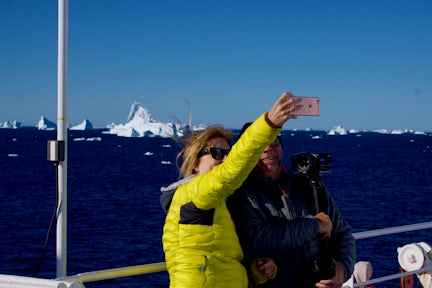
Shorter days, slightly cooler weather and higher chances of snow mark a step change in the seasons and the onset of autumn. However, as the ice continues to melt through September it becomes easier to get to ice strewn locations, which were inaccessible earlier in the season. Plus, the longer nights increase the chances of seeing the Northern Lights.
Wildlife is still very much in the area, even though the majority of birds have now migrated south. September can provide excellent sightings - for example, 5 polar bears, 25 belugas and 12 feeding bowheads were recently sighted all on a single day.

Out exploring on Beechey Island
While these are the most benign months of the year weather-wise, it’s well worth being prepared with a range of clothing so you don’t get caught off guard. This is the High Arctic after all.
The weather and temperatures can change rapidly and it can snow anytime. Heavy rain is quite rare but light showers and mist are common, and when the wind is from the north it can send temperatures plummeting.

The Northwest Passage is a sea route connecting the North Atlantic and Pacific Oceans via waterways through the islands of the Canadian Arctic Archipelago. Explorers for centuries sought the existence of a navigable passage, however it wasn’t until 1903–1906 when the Norwegian Roald Amundsen proved it with the first successful transit.
Edmonton and Ottawa are the main international gateways for onward scheduled and charter flights to the start and end points further north, which are typically Cambridge Bay, Resolute, Kugluktuk (Coppermine) or Kangerlussuaq in West Greenland. See more.
The search for the fabled Northwest Passage stretched across four centuries and is a fascinating story of failure, disaster and tragedy, but also of great heroism and endurance which continues to resonate and be of great interest. Recent changes in Arctic climate and the viability of an ice free Northwest Passage for commercial shipping has further peaked interest in this incredibly rich historical region.
The wildlife in The Arctic isn’t as plentiful and guaranteed as it is in Antarctica, however it is there and can be seen with patience and tenacity.

This labyrinthine waterway was long sought by early adventurers as a sea route linking the Northern Atlantic and Pacific Oceans. Canada's Arctic archipelago is therefore no …
Discover More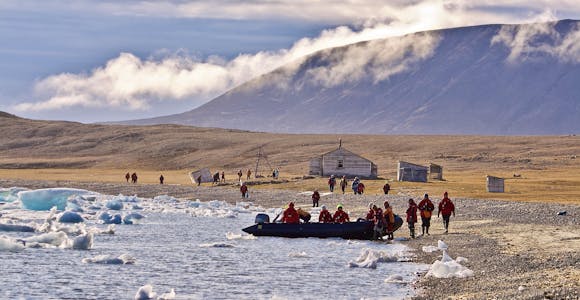
For the explorer, there are few places evocative as the Northwest Passage. For centuries men sought a way through the ice; even today passage is not guaranteed. This is a true …
Discover More
The Northwest Passage, a beautiful and sparsely populated labyrinth of islands stretching from the Atlantic to the Pacific Ocean. Vast distances and limited transport means joining…
Discover More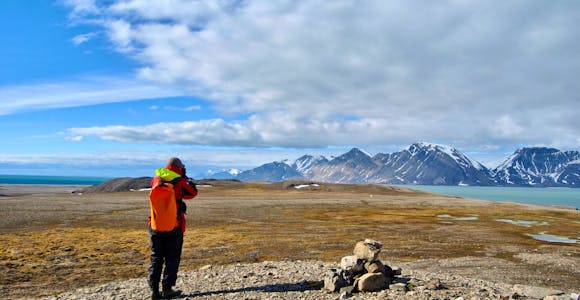
We're all clear on where the Arctic is located and why we want to visit, but its vastness and the sheer variety of experiences on offer can be a real challenge when deciding where …
Discover MoreMaking the correct choice of ship is key. With firsthand experience of all of the ships we offer, let Swoop help guide you to exactly the right one.
We'll spend some time listening to your aspirations, then discuss the kind of experience that might suit you.
Next we'll discuss the options, shortlist the best trips for you and present you our impartial recommendations.
We'll place a 24 hour hold on your preferred option - without obligation - whilst we talk through the details.
This website uses cookies to ensure you get the best experience on our website. Privacy policy
We don’t charge a commission and there are no hidden fees. Just impartial, expert advice from the leading Polar cruise agent. Schedule a call with our Arctic Experts today.